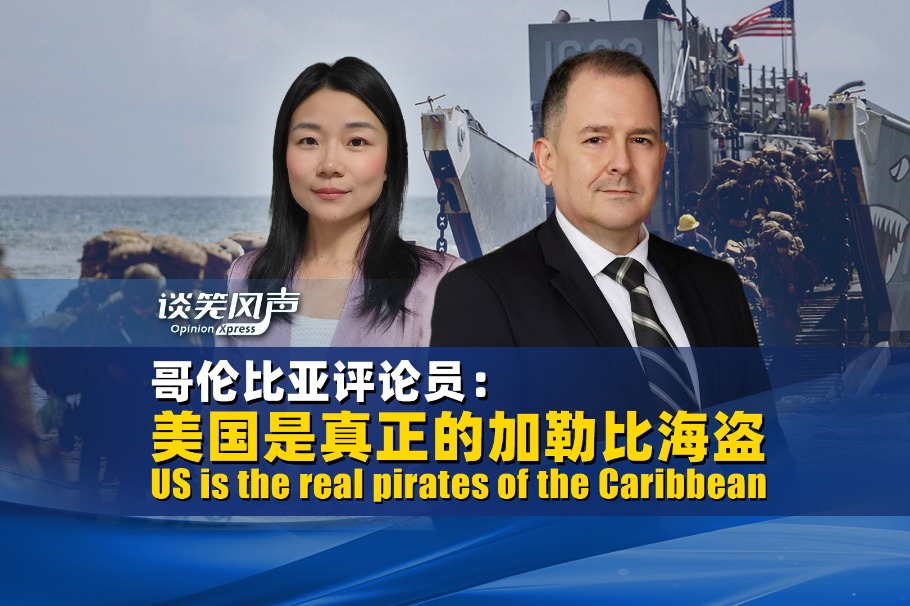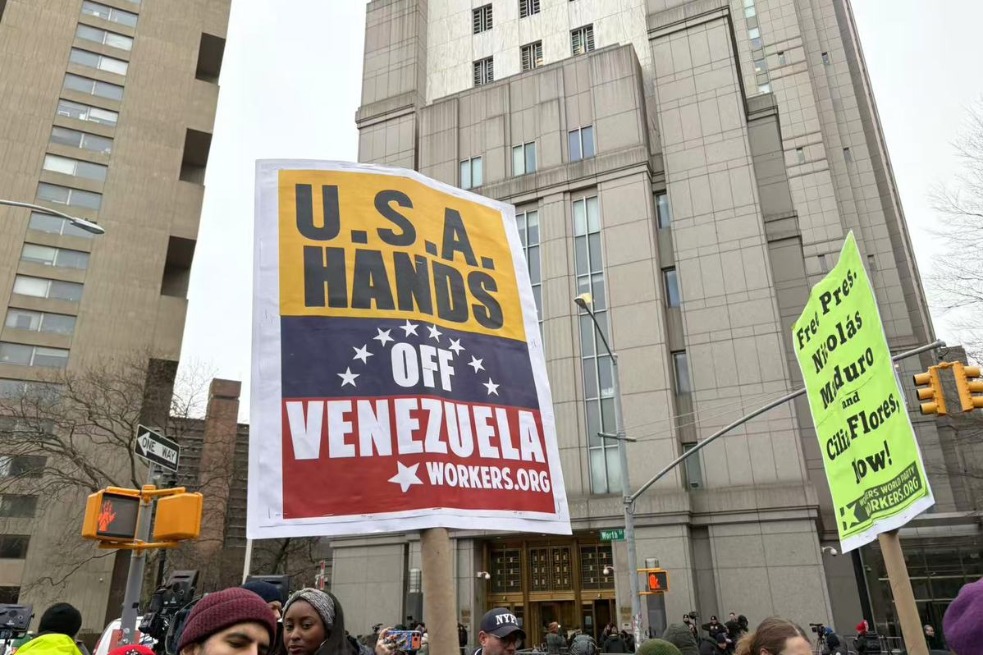Government's proactive fiscal policy working


Statistics show China's industrial added value fell by 2.8 percent year-on-year from January to May, 5.6 percentage points less than the decline in the first quarter, as April and May saw year-on-year growth.
The five-month period saw the service sector shifting from decline to rise. The service sector production index rose by 1 percent year-on-year in May, after falling 4.5 percent the month before.
According to relevant indicators, industrial electricity consumption in May grew faster than in April; electricity consumption in the service sector and railway freight volume, too, changed from negative to positive. The declining momentum of retail sales further decelerated in May, and consumption of basic living items continued to grow, while consumption of upgraded goods remained relatively active. At the same time, investment has gradually picked up, mostly in high-tech industries and social sectors.
All these data, along with an improving employment situation, a rising manufacturing purchasing managers index and a declining consumer price index, show that China's economy is heading for a steady recovery. It also indicates that the government's proactive fiscal policy is working and will continue to drive economic growth in the coming months.
The Chinese market was almost shut down in the first quarter, but as the epidemic was gradually brought under control, enterprises resumed production in the second quarter. One of the biggest factors affecting China's economy in the second quarter was the collapse in exports as the pandemic spread across the world. However, as the outbreak situation overseas is expected to improve in the third quarter, China's exports are likely to pick up.
Data from January to May show that the Chinese economy is recovering steadily in a relatively healthy and coordinated way. However, we must realize that the outbreak has had a comprehensive impact on China's economy, and some structural readjustments would be needed to promote domestic economic recovery.
We should not blindly turn to economic stimulation that will add to structural imbalance. In the context of global economic contraction, the cost of overcoming economic woes quickly will surely be much higher. So, we should particularly take into consideration the impact of monetary easing measures in the United States, Europe and other developed economies on China once they resume production.
As exports and consumption continue to be affected by the epidemic, investment will play a major role in stabilizing the economy, given that expanding investment means expanding domestic demand, creating jobs, increasing incomes and supporting consumption. But decision-makers should try to prevent the disorderly credit expansion resulting from expanded investment from causing chaos in the financial system and fueling asset price rise.


































